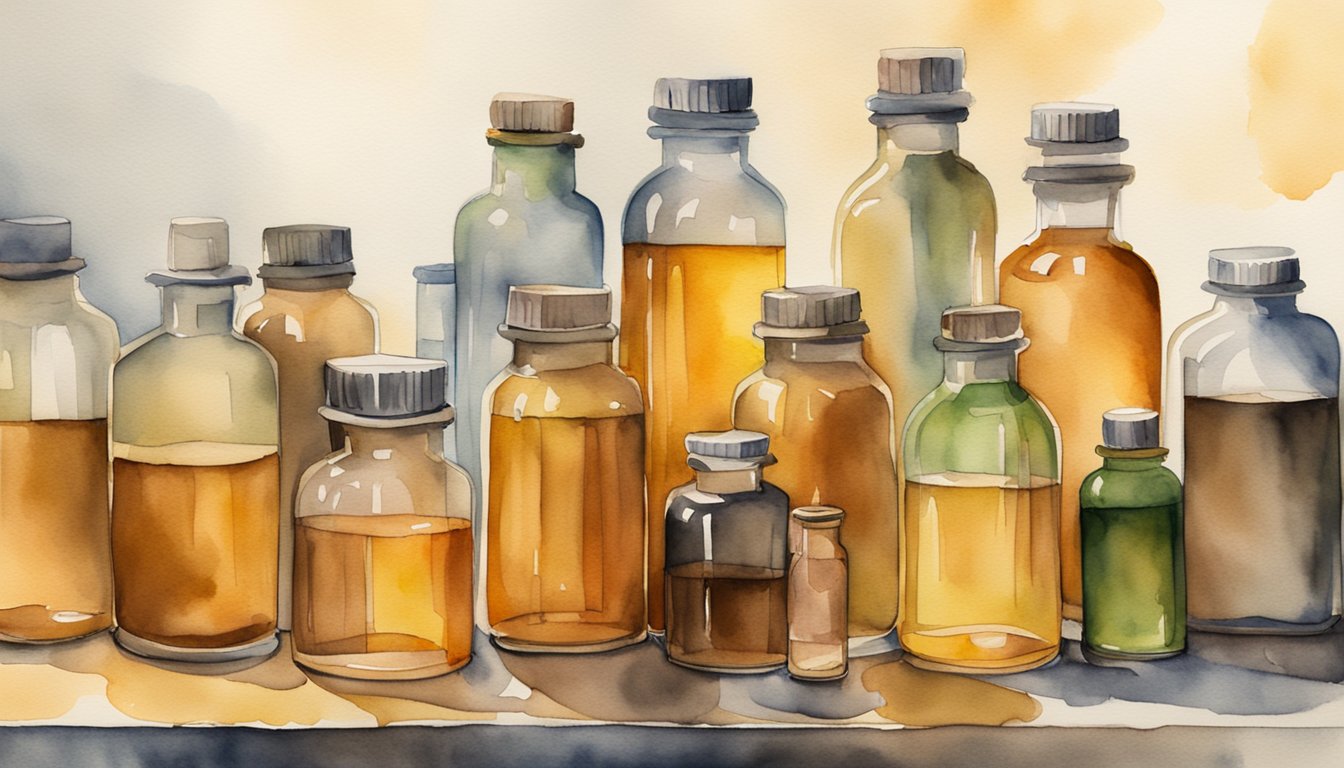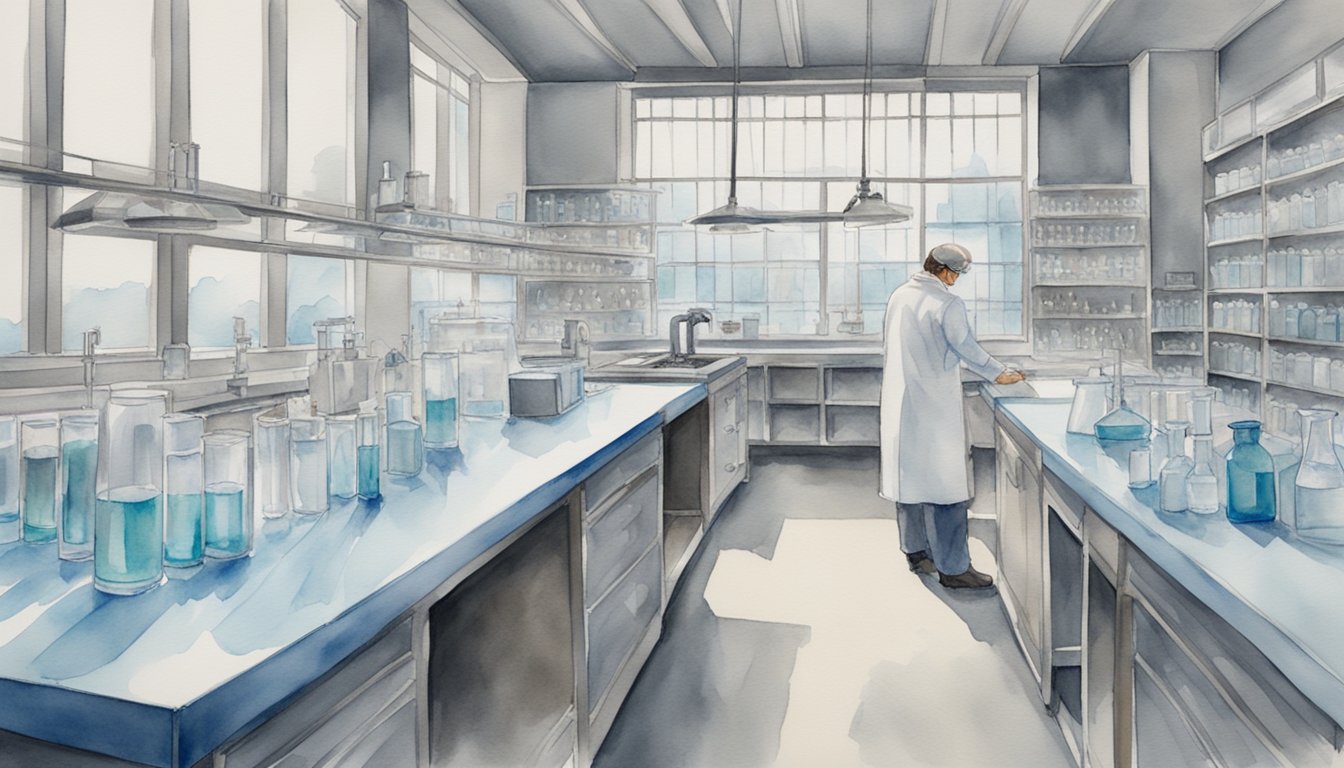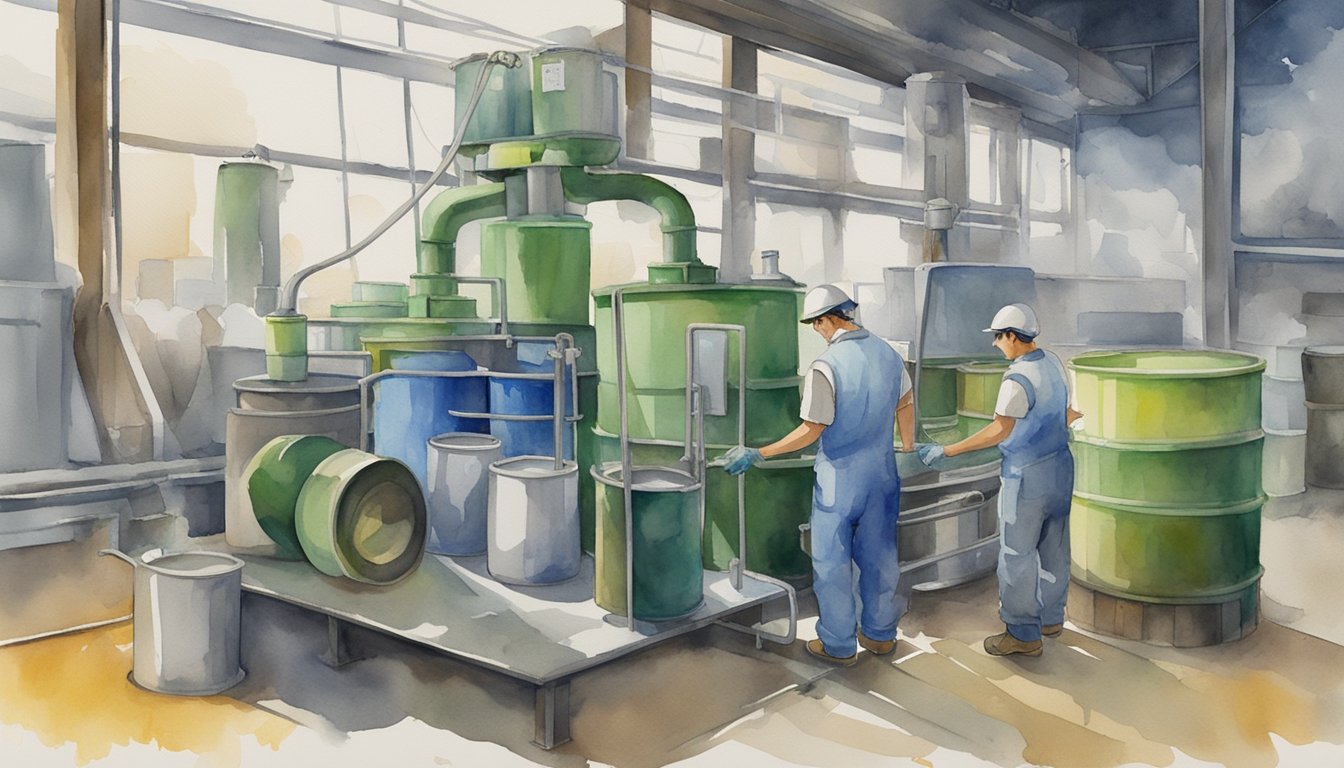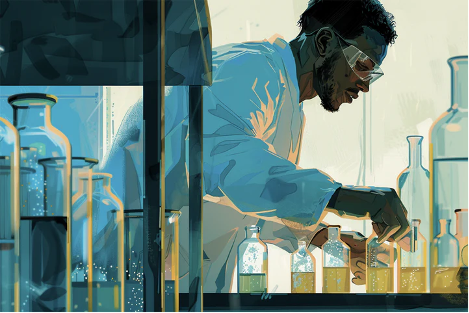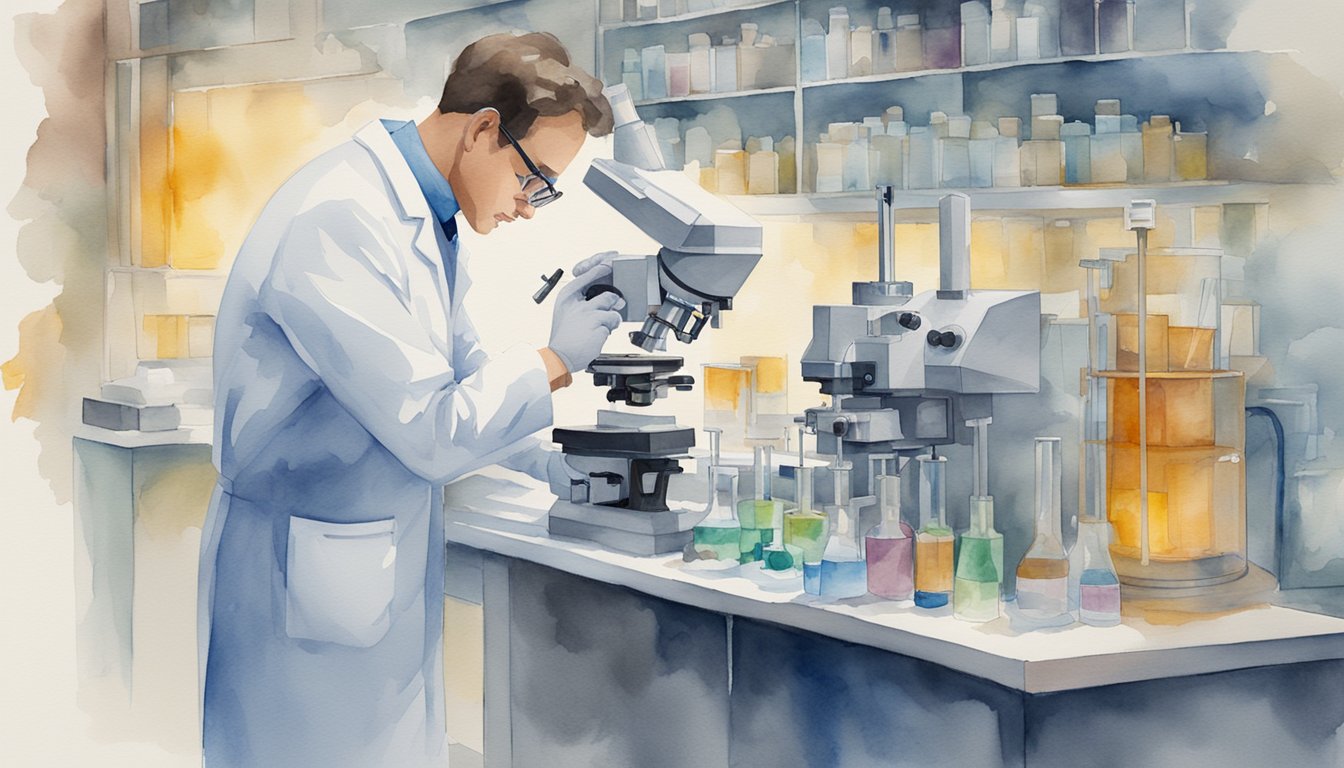In order for solvent manufacturers to provide their high-purity chemicals on the international market, they must prove their integrity with standards. Similarly, researchers and industry customers depend on these specifications for all other aspects of their operations. High-purity demands take cumbersome production steps that are closely regulated and constantly monitored by government agencies. Different purity grades require different levels of filtration and deserve close consideration for your business or lab research. In order for entire fields to rely on their chemical choices, some attention is deserved in understanding the importance and details of high-purity solvent specifications.
Chemical Specifications and Standards
Adhering to regulatory requirements builds trust with users by guaranteeing that the chemicals meet prescribed safety and quality benchmarks. Compliance also ensures that chemicals meet criteria for legal obligations, such as environmental waste. This is especially applicable in large-scale industries that rely on solvents, such as pharmaceuticals, cosmetics, and food. Regulatory compliance is enforced on all chemicals by government-level agencies, such as those put forth by the American Chemical Society (ACS) for reagent-grade chemicals. Manufacturers must also observe international standards like those created by the European Union’s REACH initiative to protect environmental and human safety. Keeping up with these regulations helps in maintaining the quality and consistency of chemical products across different markets.
Safety Data Sheets
One aspect of regulatory compliance that often guides customers through specs is Material Safety Sheets (SDS). They are required to be publicly available by law for many chemicals, especially if there are HAZMAT (hazardous materials). Birch Biotech provides updated SDSs for each solvent manufactured, which are available here. A typical SDS typically includes the following information:
-
Product Name
-
Chemical Synonyms
-
Manufacture Information (Name, Contact, Address)
-
Product Use
-
GHS Classification
-
Hazardous Phrases
-
Precautionary Phrases
-
Ingredients
-
CAS No.
-
Assay (purity %)
-
First Aid Measures
-
Fire Fighting Measures
-
Handling and Storage
-
Exposure Control/Personal Protection
-
Chemical Properties
-
Stability and Reactivity
-
Toxicological Information
-
Ecological Information
-
Disposal Consideration
-
Transport Information
-
Regulator Information
-
Additional Information
Certificates of Analysis
Certificates of Analysis, or COAs, are another requirement for chemical manufactures. They are typically third-party tests completed to prove the integrity of chemical properties before they are available for purchase. They must be approved by a Quality Assurance Director with his/her name, signature, test method, and date of completion. COAs at Birch Biotech are completed with ACS 11th Edition testing methods and are available here, which provide the following verifications are met:
-
CAT (Catalog) Number
-
Lot Number
-
COA Expiration Date
-
Chemical Grade
-
Meets ACS Specification
-
Assay (by GC) %
-
Color (APHA)
-
Water %
-
Peroxide (as H2O2, at time of packaging)
-
Stabilizer (BHT) in ppm
These specs include Min. and Max. values by the manufactures, and the test results are available adjacent to prove they are within the suitable range for their claims. COAs often have a 3-year expiration date before they need renewal.
CAS Numbers
Each chemical available on the market is assigned a unique identifier known as the CAS Number. This number, provided by the Chemical Abstracts Service, verifies the identification of a substance and its specification across various databases and sources. This helps create standards and avoid confusion no matter the industry of interest.
Purity Grades and Verification Methods
Solvents are categorized into different purity grades based on intended use. Methods like distillation and reverse osmosis help remove unwanted particles (trace metals, water, organic compounds, etc.) with other rigorous purification techniques.
ACS grade solvents comply with specifications set by the American Chemical Society and are suitable for general laboratory use. HPLC grade and LC-MS grade solvents undergo different levels of purification to filter out particulates and other contaminants required for high-performance liquid chromatography and mass spectrometry purposes. Semiconductor manufacturing uses VLSI-grade (Very Large Scale Integration) solvents for their applications. The choice of grade greatly impacts research performance and should be considered carefully based with desired chemical specs to meet performance expectations.
Spectrophotometry Techniques
Spectrophotometry offers an approach to evaluating solvent purity by measuring the amount of light absorbed by a sample at specific wavelengths. The process involves preparing the solvent in a cuvette and analyzing its absorbance spectrum. Deviations from expected patterns indicate potential impurities. Solvent impurities often absorb light differently compared to the solvent but may overlap with desired substances during analysis, making the identification of impurities with spectrophotometry a valuable tool.
Purity Testing Methods
Purity testing of solvents goes beyond basic visual assessments. Methods like gas chromatography (GC) and liquid chromatography (LC) require purity grades that meet stringent requirements and can detect impurities even at the part-per-billion (ppb) level. High-performance liquid chromatography (HPLC) particularly stands out for its precision in resolving complex mixtures. Additionally, gravimetric analysis helps quantify non-volatile residues by evaluating the mass before and after a controlled heating process. Together, these testing methods form a comprehensive framework for assessing solvent purity.
Applications with High-Purity Solvents
The use of chemical specs and purity grades are applied to several fields where operations may cease without close speculation. Below are some examples where high-purity solvents are applied and depended on.
Electronics and Semiconductors
The electronics industry uses high-purity solvents for cleaning, etching, and surface preparation of materials during the manufacturing processes of electronic devices. Given the intricate nature of semiconductor fabrication, the precision required for creating microchips and circuit boards is unparalleled. Ultra-pure solvents are used to remove photoresist layers from silicon wafers, facilitate the deposition of new materials, and control contamination levels. Processes such as lithography and chemical mechanical planarization depend on the consistent performance at an atomic level.
Pharmaceuticals and Material Sciences
The pharmaceutical sector demands high-purity solvents for synthesizing and formulating drugs. Biological matrices demand complex separation needs with methods like LC-MS in order to test for efficacy before new pharmaceuticals reach the market. They are also used at the core of diagnostic and experimental research. LC-MS and HPLC grades are often applied, but pharma-grade solvents are available for particularly low impurity concentrations.
In material sciences, they facilitate polymer synthesis and material coatings, where purity impacts product performance. Typical grades include ACS/AR Grade (95%) and HPLC Grade.
Pesticide Residue Analysis
Pesticide residues are constantly researched and analyzed in the food industry and environmental sectors. Their analysis focuses on identifying trace amounts of these substances to enforce company compliance with public safety standards. LC-MS purity is notably effective for detecting low concentrations of pesticide residues.
References:
[1] Advent Chembio. (n.d.). Comprehensive guide to HPLC and solvents. https://www.adventchembio.com/chemistry-insights/high-performance-liquid-chromatography-hplc-solvents
[2] ACS reagent grade chemicals. (n.d.). Lab Alley. https://www.laballey.com/collections/acs-grade-chemicals#:~:text=ACS%20grade%20chemicals%20are%20among,whatever%20your%20industry%20and%20application
[3] High-Purity Chemicals in Electronic Applications Training guide for filtration products. (n.d.-b). https://www.cellartek.com/wp-content/uploads/high-purity-chemical-booklet-2020.pdf
[4] Purosolv, T. (2024, December 30). Key distinctions between pharma and technical solvents. Purosolv. https://purosolv.com/key-differences-between-pharma-grade-and-technical-grade-solvents/



